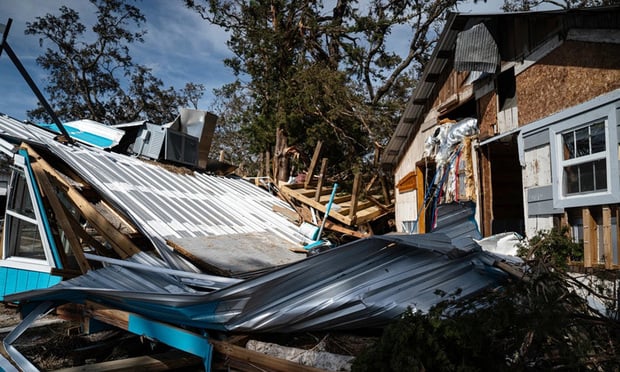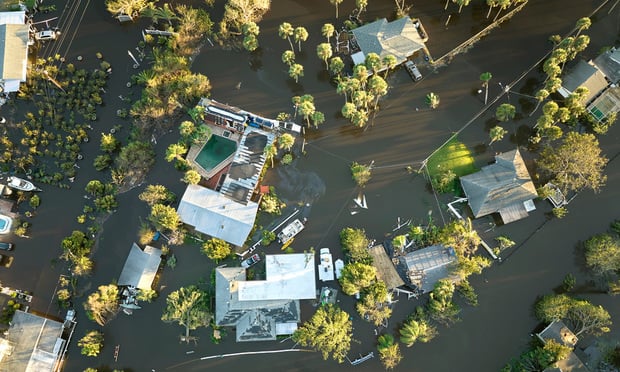(Bloomberg) -- Three crashes which have yet to be fully explained, involving the most modern airliners in the safest phase of flight, made last year the deadliest for air travel in almost a decade.
The loss of two Malaysian Air Boeing Co. 777s, one thought to have disappeared in the Indian Ocean, and flight MH17 presumed shot down over Ukraine, plus last week’s unexplained AirAsia tragedy, killed 665 passengers, accounting for 75% of the annual toll of 884, according to safety consultant Ascend Worldwide.
The run of mystery crashes, which began when Malaysian Airline System Bhd. flight MH370 vanished on March 8 and ended with the demise of AirAsia QZ8501 on a routine trip from Java to Singapore on Dec. 28, meant 2014 was the most lethal year in civil aviation since 2005, when 1,056 died, Ascend said. The number of fatal crashes was unchanged, and the balance involved older turboprops flying in emerging nations and conforming more closely to the typical profile for accidents in recent years.
“Planes are becoming so big that the loss of even one wide-body can have a major impact on the data,” said Paul Hayes, head of safety at Ascend, who has tracked air-crash trends since 1974. “Factor out acts of violence and other anomalies and the industry is still getting safer, but if your relative was on MH17 it does not really matter how they died.”
Planes seating more than 14 people suffered 10 events that killed passengers last year, the same number as in 2013, when 220 travelers died, and 2012, when 416 perished, Ascend said.
Cruising Height
The three major crashes were unusual because each involved a modern, western-built model, with the Boeing 777 wide-bodies that operated Malaysian Air flights MH370 and MH17 dating from 2002 and 1997, respectively, and AirAsia’s lost Airbus Group NV A320 narrow-body built only in 2008.
All three jets had also been flying at cruising altitude, with MH370 having leveled out at 35,000 feet after departing Kuala Lumpur for Beijing before doubling back over the Malay peninsula for unexplained reasons. MH17 was operating at 33,000 feet when it plummeted to the ground, and QZ8501 was at 32,000 feet when its pilots asked to go higher in stormy weather.
The Netherlands-based Aviation Safety Network, which recorded 21 fatal airliner accidents last year, including cargo flights, said 13 crashes occurred in the en-route phase, versus three during both the initial climb and landing approach. One deadly event happened during landing itself and none on takeoff.
Suicide Theory
By contrast, between 1959 and 2013, 47% of crashes and 40% of deaths came during landing, Malaysia-based Maybank said this week after the AirAsia loss, citing Boeing’s Statistical Summary of Jet Airplane Accidents. The cruise phase accounted for only 10% of crashes, though survivability was lower, so that it produced 20% of fatalities.
While full explanations have yet to be formulated for the three worst incidents of 2014, safety experts have suggested the disappearance of MH370 -- and its 227 passengers -- most likely involved pilot malpractice, since all devices indicating the plane’s position were turned off. A search for debris and the 777’s black-box flight recorders that might reveal the truth of its demise continues off Australia.
Malaysian Air flight MH17 was downed in a war zone in eastern Ukraine, killing all 283 passengers, after being hit by “a large number of high-energy objects,” the Dutch Safety Board said Sept. 9. The board stopped short of laying the blame on a ground-to-air missile strike, which the U.S. has said was most likely the cause and probably fired by pro-Russia rebels.
Stray Fire
The Dutch -- leading the investigation because more than 190 victims were from the Netherlands -- cautioned that the probe is in its early stages, pledging only that a definitive study will come within one year of the July 17 tragedy.
Another incident classified with MH17 as non-accidental by Ascend saw a woman die on a Pakistan International Airlines flight after an Airbus A310 carrying 196 passengers came under fire, possibly by AK-47 assault rifles, while landing in Peshawar. The incident came two weeks after a Taliban attack on Karachi airport killed 36 people, though none were on aircraft.
Excluding “acts of violence,” the 2014 death-toll would have been 600, the highest since 2010’s 822, Ascend said.
In the AirAsia crash, which killed 155 passengers and involved an experienced pilot who failed to transmit a distress signal, it’s possible weather played a key role. The jet appears to have flown into a storm cloud where its engines could have been affected by ice formation, researchers from the Indonesian meteorological office said in a report citing data from the jet’s last known location.
Tropical Storm
Among other events in 2014, the worst involved the loss of a McDonnell Douglas MD-83 jet flying for Air Algerie in Mali on July 24, killing 110 travelers, and a TransAsia Airways Corp. ATR-72 crash in Taiwan a day earlier, with 44 passenger deaths.
Weather was a factor in both cases, with the MD-83 crew encountering a storm about 40 minutes after takeoff and the ATR turboprop destroyed on a second runway approach amid heavy rain from tropical storm Matmo. Some 15 travelers also died when a Nepal Airlines de Havilland Canada DHC-6 Twin Otter turboprop hit jungle on a 7,000-foot hillside in poor weather on Feb. 16.
A crash that killed 42 people in Iran in August came after the country sought to develop its own aerospace industry to escape the impact of western sanctions. The government later grounded the Iran-140 turboprop to determine whether a spate of accidents could be traced to faults intrinsic to the plane.
The two other fatal events concerned a Twin Otter that hit a mountain in Papua New Guinea in poor visibility in September and a Russian-built Antonov An-26 that crashed in Tunisia after flying from Libya in February. Both models are turboprops.
About 100,000 flights a day land without incident worldwide, the International Air Transport Association says. In 2013, passenger trips on airlines exceeded 3 billion.
--With assistance from Andrea Rothman in Toulouse and Kyunghee Park in Singapore.
Copyright 2018 Bloomberg. All rights reserved. This material may not be published, broadcast, rewritten, or redistributed.
Want to continue reading?
Become a Free PropertyCasualty360 Digital Reader
Your access to unlimited PropertyCasualty360 content isn’t changing.
Once you are an ALM digital member, you’ll receive:
- Breaking insurance news and analysis, on-site and via our newsletters and custom alerts
- Weekly Insurance Speak podcast featuring exclusive interviews with industry leaders
- Educational webcasts, white papers, and ebooks from industry thought leaders
- Critical converage of the employee benefits and financial advisory markets on our other ALM sites, BenefitsPRO and ThinkAdvisor
Already have an account? Sign In Now
© 2024 ALM Global, LLC, All Rights Reserved. Request academic re-use from www.copyright.com. All other uses, submit a request to [email protected]. For more information visit Asset & Logo Licensing.








